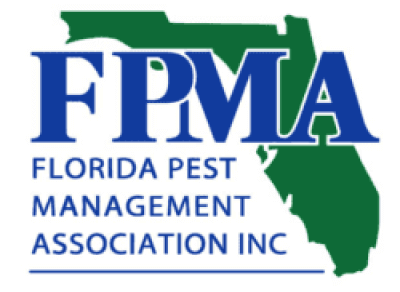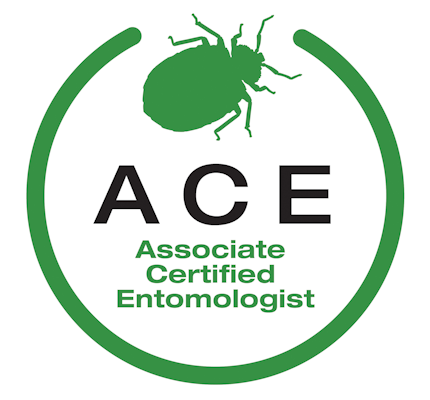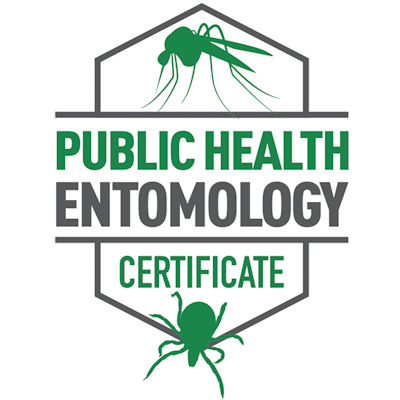Stink Bug Pest Control
How we treat:
Stink Bugs
We’ll use our expert knowledge of stink bug biology to effectively and safely prevent and protect your home like it was our own. See how.
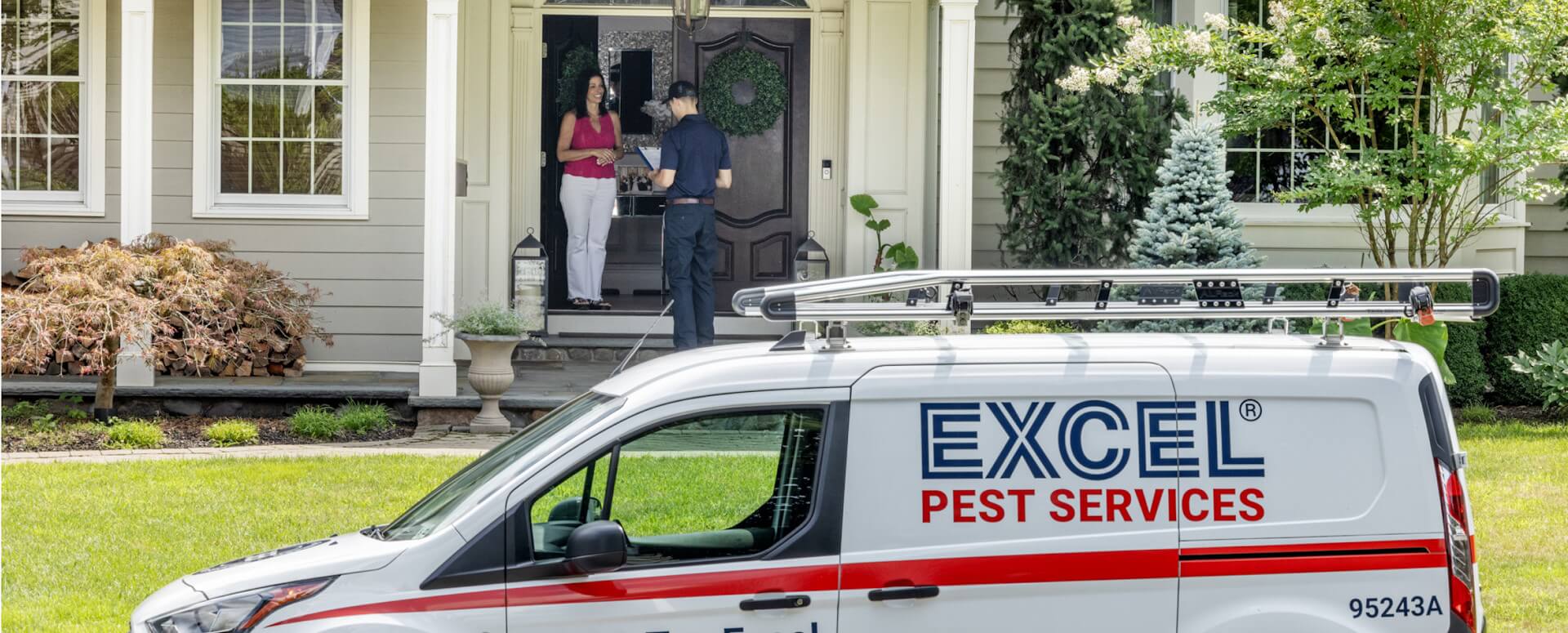
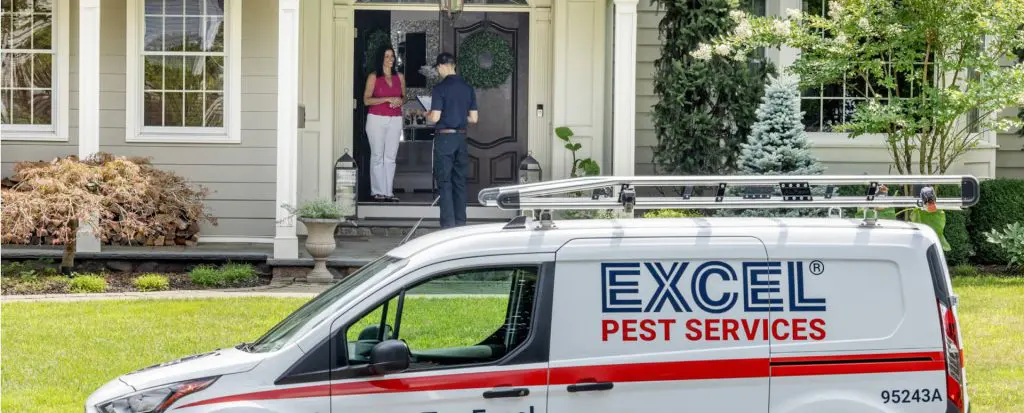
Getting rid of s stink bugs is as easy as 1, 2 and 3
INSPECT
We use visual inspections and monitoring devices to identify entry points, harborage sites and determine extent of the infestation.
TREAT
We then implement a targeted treatment plan, often applying insecticides to cracks, crevices, and entry points where stink bugs are active.
PREVENT
Sealing entry points, reducing attractant lighting outdoors and addressing potential harborage sites may be recommended.
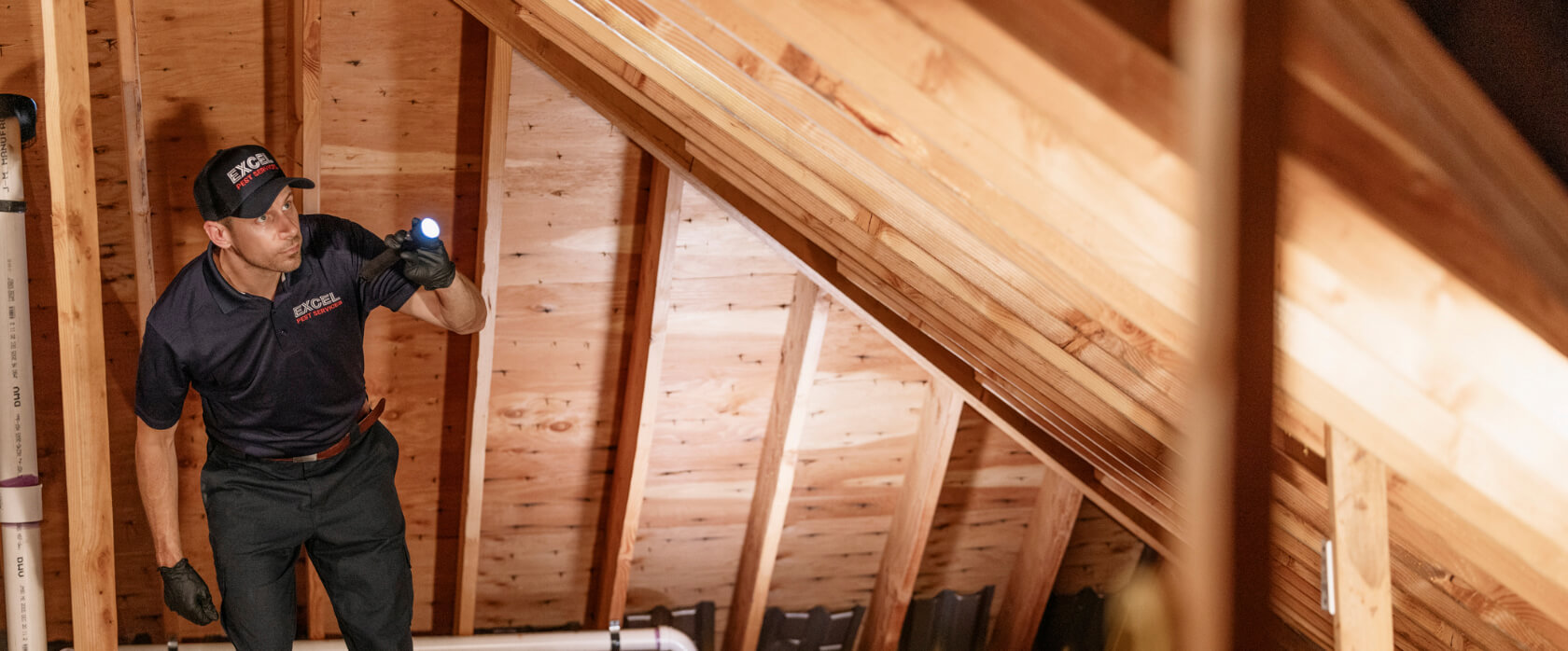
Excel’s proven process
Our proven approach to delivering a pest-free, worry-free environment. Guaranteed.
Inspect
We’ll inspect your home inside and out, and top to bottom to spot current and potential pest problems.
Identify
We’ll assess and correctly identify any active pests. Pest species and biology is considered to choose the right treatment option.
Treat
We’ve identified your pests, now we’ll treat them using safe and effective treatment methods with only EPA registered products.
Report Back
We’ll provide service reports via email letting you know who was there, what they did, and what happens next.
Monitor and Maintain
We’ll prevent pests from returning with our ‘set it and forget it’ maintenance plan. Keeping you one step ahead of mother nature.
Feel Excel-lent
You’ll feel great and rest easy knowing your home, family and pets are in good hands.
Testimonials
Your neighbors love us.
Pests, not so much.
“I’m definitely as environmentally conscious as I can be…a lot of these companies come out and they say, we’re the professionals, we’ll take care of it. You just cut us a check and don’t worry about the details. The fact that you explain the details matters a lot.”
“I did talk to a number of pest control companies, and when I considered the value of their being willing to come out anytime I have a problem I went with them. That freedom to just call is very valuable to me.”
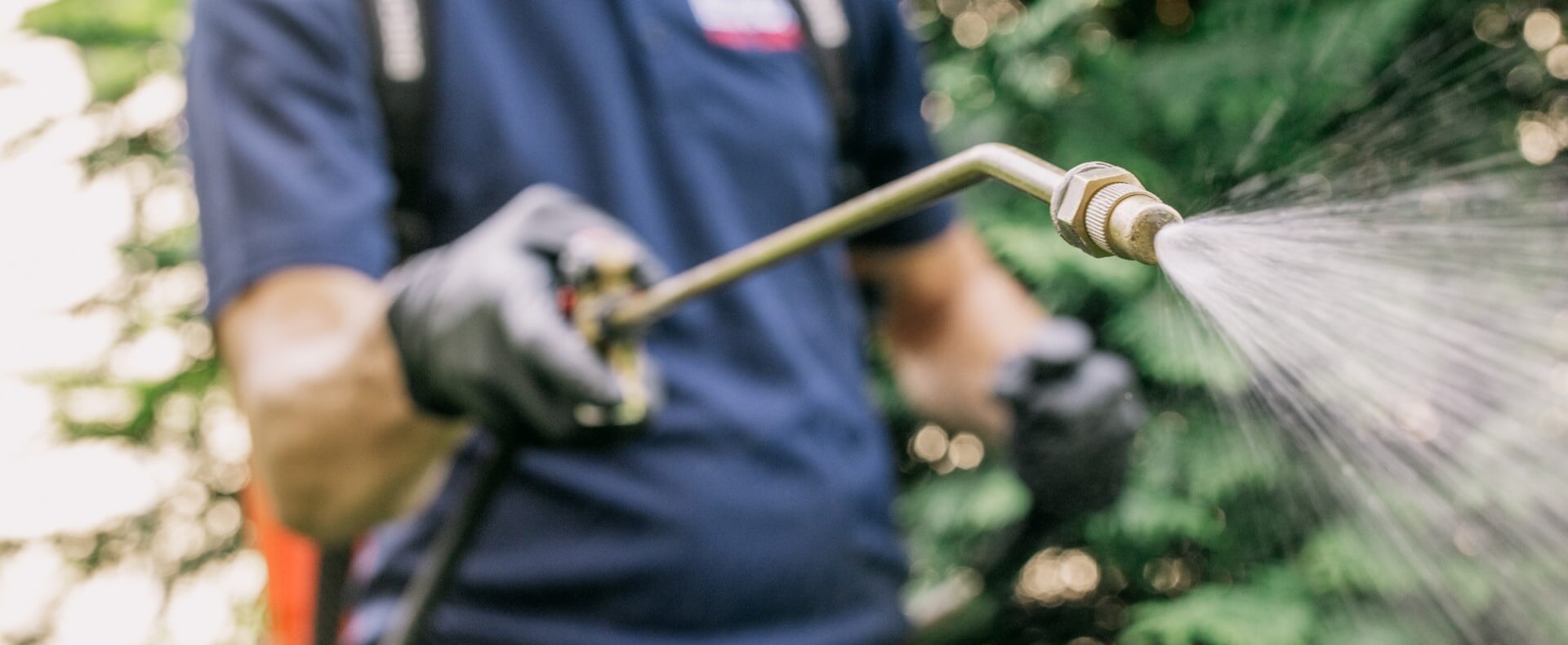
Quick reference
Frequently asked questions
What do stink bugs look like and why are they concerning?
Stink Bugs are winged, shield-shaped insects that belong to the order Hemiptera. They have three body segments, two antennae, and six legs that protrude from the sides of their body. They have wings that are leathery near the head and membranous near the rear. Stink Bugs are almost as wide as they are long. They range in color and size depending on their species. The most commonly encountered species in the U.S. is the brown marmorated stink bug. This species can grow up to one inch in length and are brown with grey, copper, and blueish spots. They also have a darker colored brim surrounding the outer portion of their abdomen and have alternating light and dark bands on their antennae. Some stink bug species feed on plants and fruits, while others feed on caterpillars and plant-eating bugs. Stinkbugs can cause immense damage to houseplants, gardens, landscapes, crops, and farmland.
Where do stink bugs live?
During warmer weather, stink bugs will gather in places that have a lot of sun exposure. Some such places include the sides of buildings and around the outsides of windows and doors. If they find cracks or gaps, they will enter a building. They usually enter when the weather starts to cool down. Once inside, they will spend the winter living under floorboards or in walls, attics, and crawlspaces. For the most part, they will stay hidden until spring.
Why do I have a stink bug problem?
Stink Bugs, like many other insects, enter into homes and businesses in search of shelter and a comfortable living environment. They tend to enter though gaps surrounding doors and windows, cracks in drainage systems, cracks in ventilation systems, poorly screened or open doors and windows, cracks in the foundation, and underneath siding. They will enter homes when cooler weather arrives in search of a warm place to spend the winter. Stink Bugs are attracted light sources, so any lights that are on at night may lead them to enter a home or business.
When are stink bugs active?
During warmer months, stink bugs are happy to live outside. They will typically enter buildings in late summer or early fall when the weather begins to cool. They remain hidden during the winter months and become active again during the spring. As they emerge from their winter homes, they can be seen wandering around looking for a way outside. Once outside, they will lay their eggs, which will hatch and develop into a new generation of adult stink bugs. In warmer areas, stink bugs reproduce throughout the year.
What’s the best way to prevent a stink bug infestation?
To prevent Stink Bugs from entering your home or business, it is important to seal any gaps around doors, windows, utility lines, and appliance vents. Any cracks in the foundation, drains, or ventilation systems should be fixed. Secure all screens tightly and wipe them with a dryer sheet. Relocate any stones and firewood away from the foundation, and maintain routine upkeep of landscape and weeds. If you believe that you are currently experiencing a stink bug infestation, call EXCEL stink bug control today to schedule your free home inspection and get rid of stink bugs forever.





If pests come back so do we. Guaranteed.
The Excel “Worry Free-Pest Free” Guarantee.
Partnering with us means we’ve got you covered all year long – with free return service visits, anytime. If you need us, call us. We’ll be there. It’s one more way you can Excel and exhale.
Talk to us today.

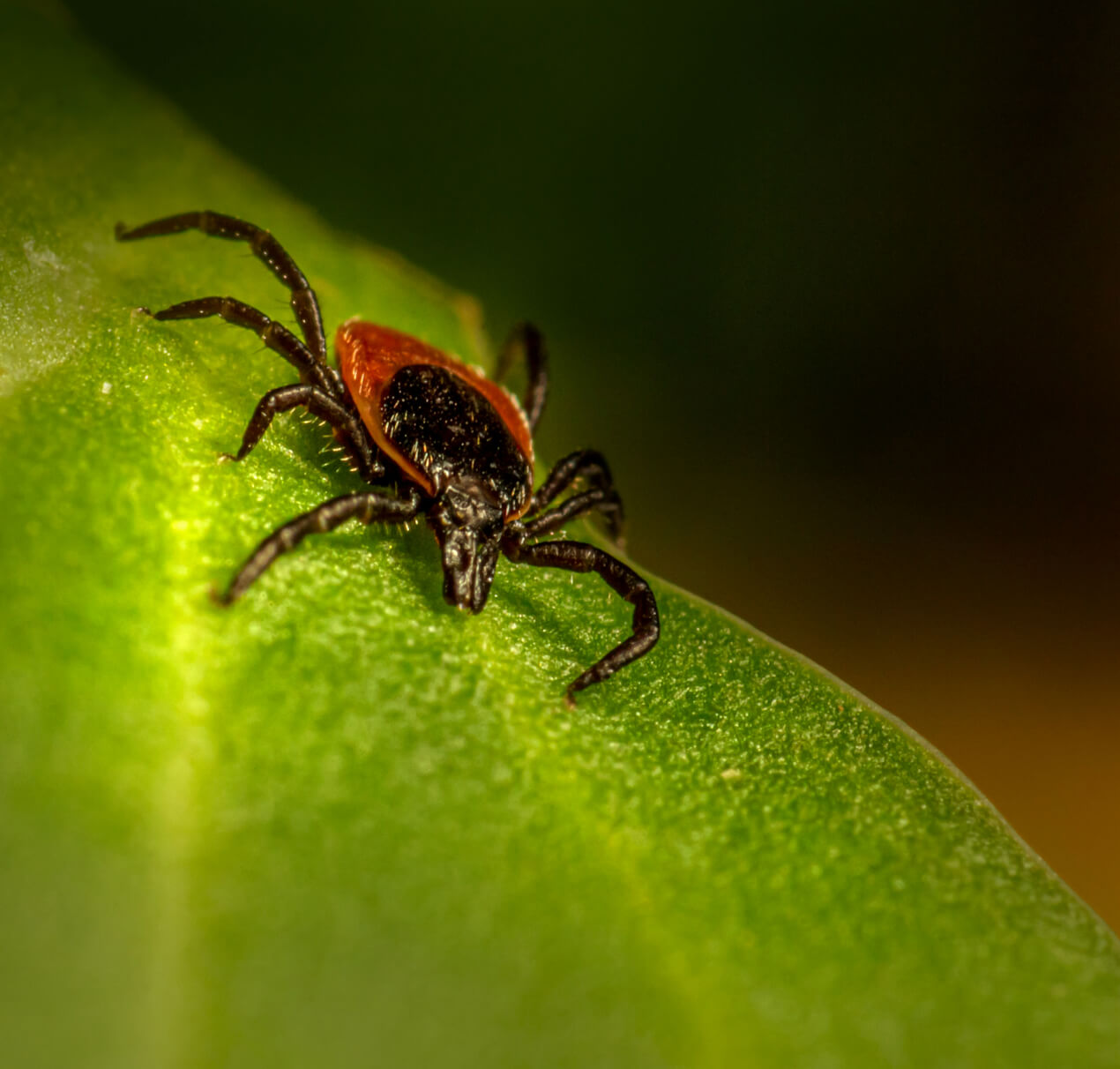

You’ll be supporting research into Lyme disease, too.
Choosing Excel helps us support the John Hopkins Lyme Research Center. You will help them advance the critical knowledge and clinical tools urgently needed to improve Lyme disease patient care and health outcomes.
The Company
We Keep
